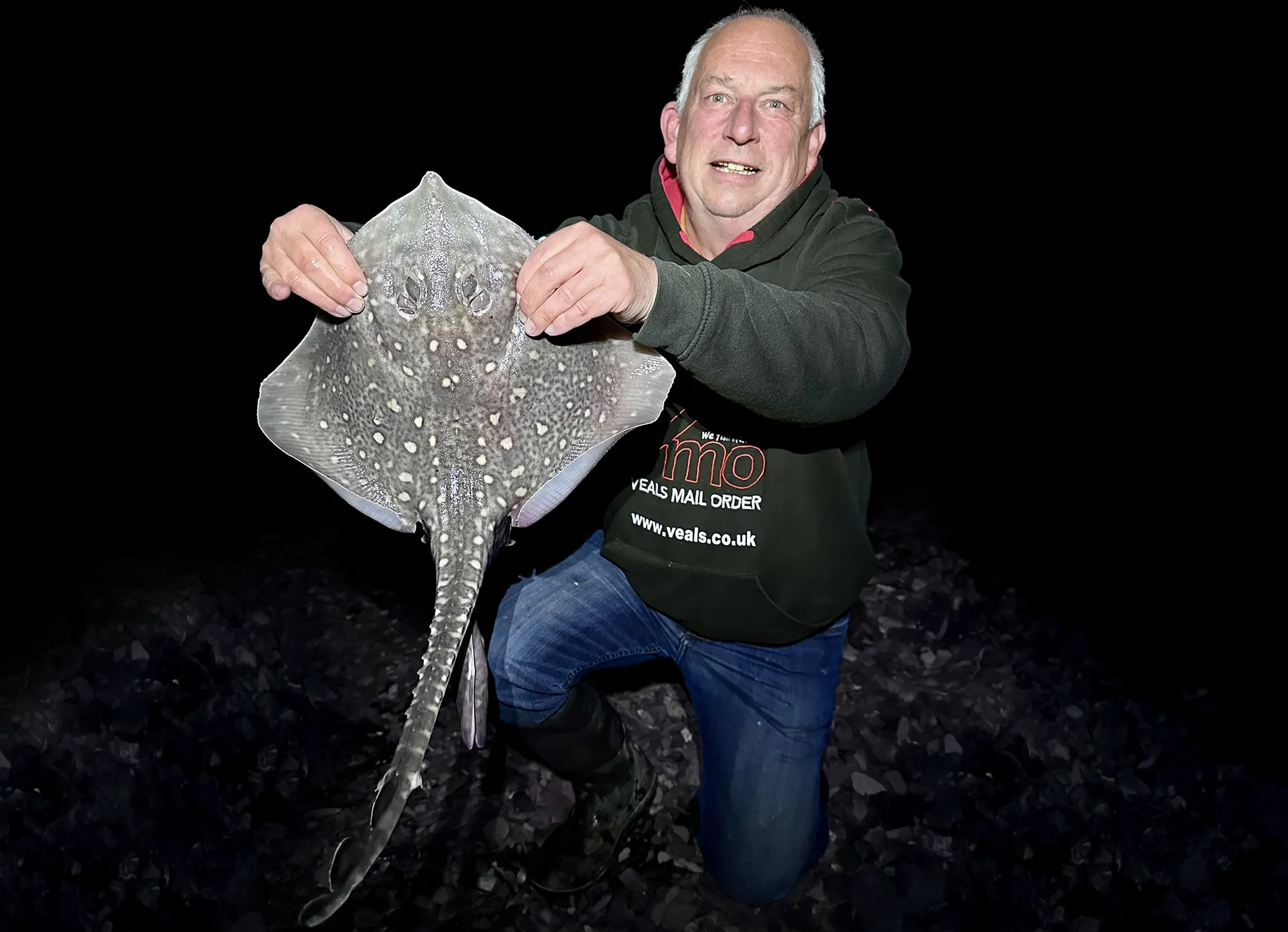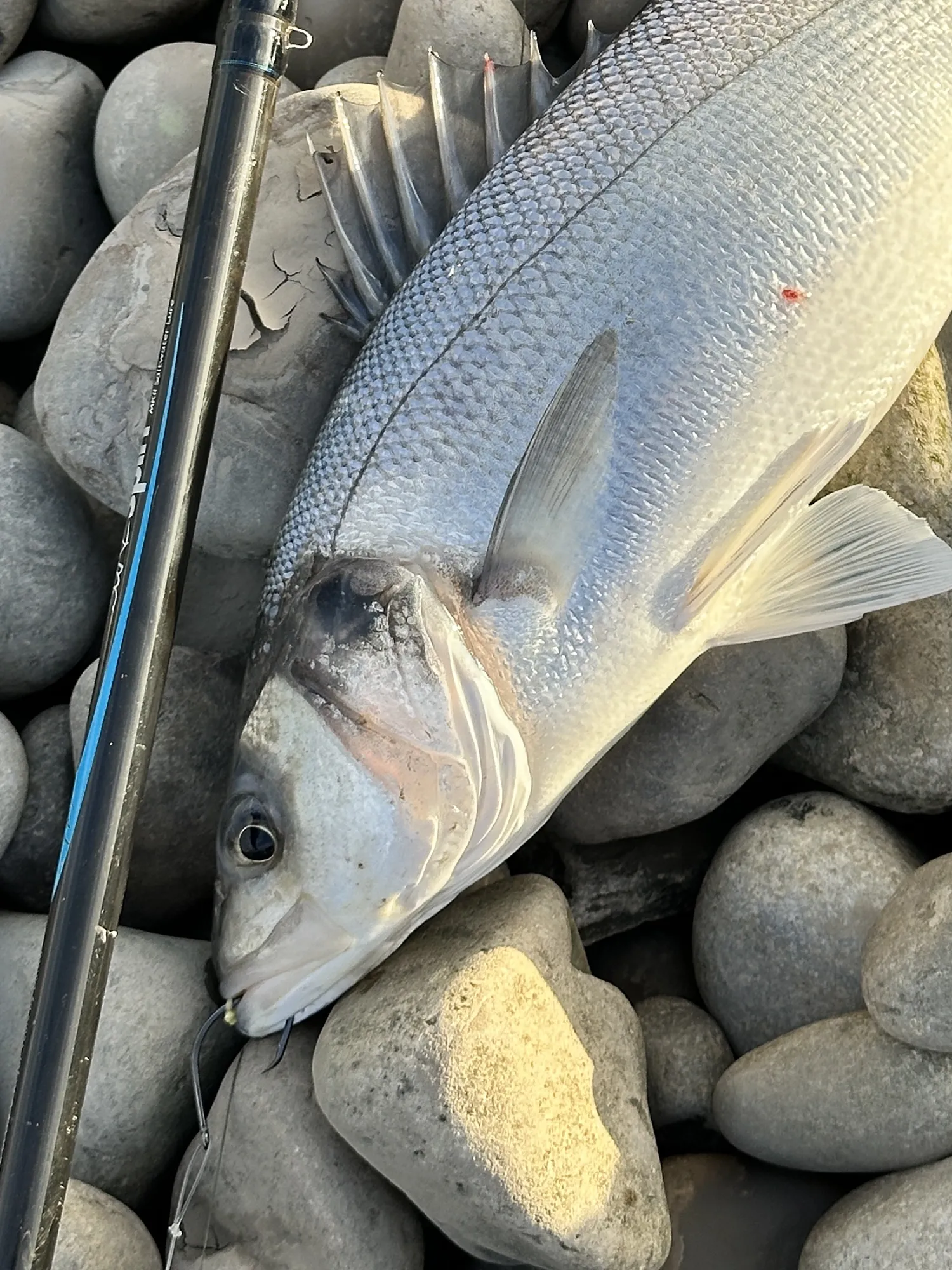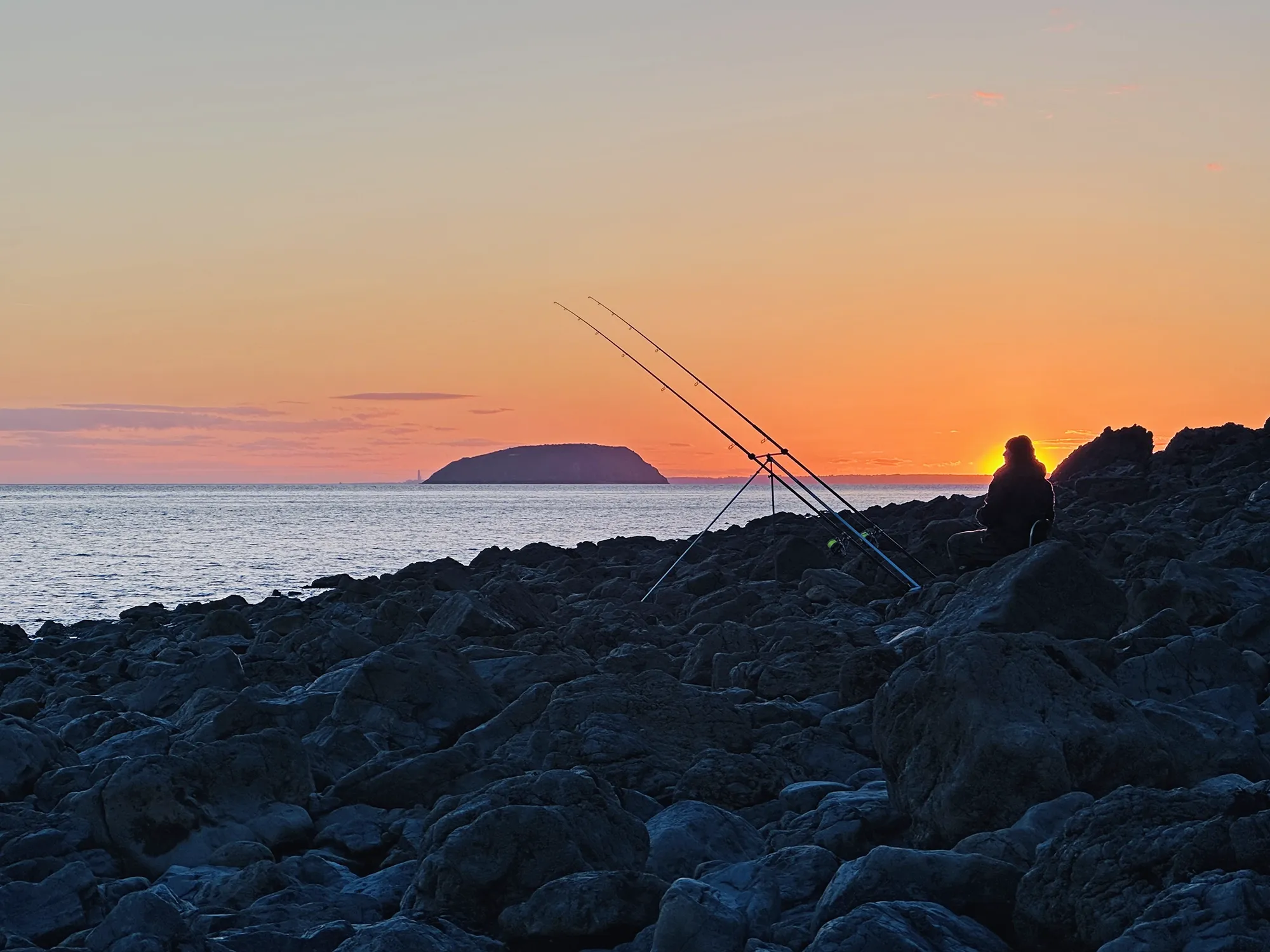Three Years with the Dongle – My Honest Thoughts and Why It’s Staying in My Sea Fishing Rig Arsenal
Explore this blog to learn more about Three Years with the Dongle – My Honest Thoughts and Why It’s Staying in My Sea Fishing Rig Arsenal.
Published on April 18, 2025
- /
- Blogs /
- Three Years with the Dongle – My Honest Thoughts and Why It’s Staying in My Sea Fishing Rig Arsenal
Three Years with the Dongle
My Honest Thoughts and Why It’s Staying in My Sea Fishing Rig Arsenal
After nearly three years of using the dongle rig almost exclusively, I feel confident in saying it’s become one of the most effective and versatile rigs in my rig wallet. When used in conjunction with a pulley rig, the dongle rig offers a perfect balance of presentation, hooking efficiency, and minimal damage to fish — all of which are vital for modern sea angling and the image of our sport.

Why the Dongle Rig Works
The main theory behind the dongle rig is that it presents the bait in a way that encourages lip hooking rather than deep hooking. In my experience, this happens nine times out of ten, which means fish are far less likely to be mortally hooked and can be released safely if desired. This is a big plus for anyone who values catch and release.
Another major advantage is that when paired with a pulley rig, the dongle’s single hook with a turned-in point is far less likely to get snagged on rough ground — a huge benefit when fishing marks in the Bristol Channel. That turned-in point adds some snag resistance while still ensuring solid hook-ups with the vast majority of species.

Not a One-Size-Fits-All Rig
That said, the dongle rig isn’t perfect for every species. For fish like smoothhounds, bass, and rays, it’s been devastatingly effective. I’ve landed countless hounds, bass and rays on this rig, and it’s now my standard setup when I’m targeting those species.
However, it’s not ideal for everything. Conger eels, for example, tend to take baits in a completely different way — often avoiding the hook or hooking up just lightly, resulting in a hook-pull. Because of that, I’d estimate the hook-up rate with conger using the dongle rig is around 50%, at best. It’s one of those cases where a more traditional J-hook rig may be better suited.

Dongle Length Matters
Over the last few years, I’ve found that dongle length is critical. I keep mine to no more than 80mm, and for good reason. While longer dongles might allow for bigger baits, I’ve found that they push the hook too far away from the bottom of the bait, resulting in missed bites. By keeping the bait tight to the hook and not too long, the whole presentation becomes more compact and efficient — especially if bites are timid on the day.

My Baiting Method and Components
When it comes to baiting up, I prefer shorter, fatter baits, layered on the dongle using a bait tool for consistency and presentation. This helps maintain that tight hook-to-bait relationship while still giving enough scent and bulk to draw in the target species.
At the end of the dongle, I use a VMO Solo Dongle Ring, which I clip into my go-to bait clip — the Gemini Splashdown Solo. The fit is clean, secure, and allows for a highly aerodynamic bait presentation on the cast.
One of the additional tweaks I’ve made is switching to an ultra-heavy braided line for the dongle itself — 500lb breaking strain. This might sound excessive, but the thickness of the braid means that pushing the hook through causes minimal damage to the dongle line. Despite the thickness, it's still incredibly strong at the crucial point of contact with the hook and doesn’t affect bait presentation in any negative way.

My Hook of Choice
As for hooks, my go-to is the 4/0 Varivas Full Circle. It might be relatively small compared to what some would expect for big species, but don’t let that fool you — it’s seriously strong. I’ve had no problem holding onto blonde rays, powerful smoothhounds, and bass using this hook. The circular profile lends itself perfectly to the dongle rig’s hooking style and further improves the chances of clean lip-hooking with its offset design.
Final Thoughts
Why the dongle rig will remain in my armoury until I find a better way of doing things
After nearly three years of consistent use, I can confidently say the dongle rig has earned a permanent place in my sea fishing rig wallet. It offers excellent hook-up ratios on key species, reduces fish mortality, and provides a clean, efficient presentation when built correctly. Like any rig, it has its limitations, but when used in the right situation, it can outperform more traditional setups with ease.
If you haven’t tried the dongle rig yet, especially for smoothhounds, rays, or bass, I highly recommend giving it a go this summer. Build it right, keep it simple, and watch the fish you hook.


